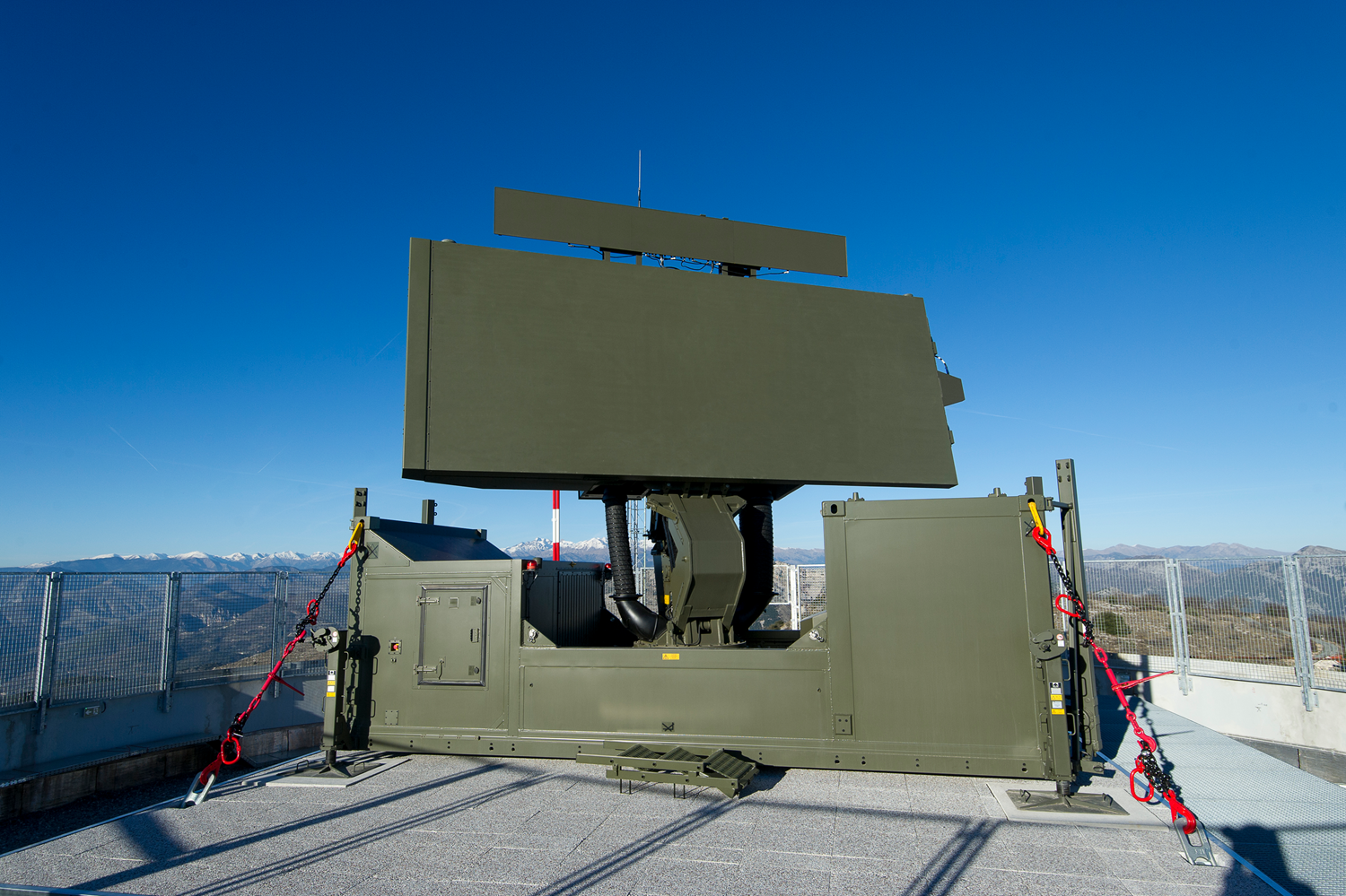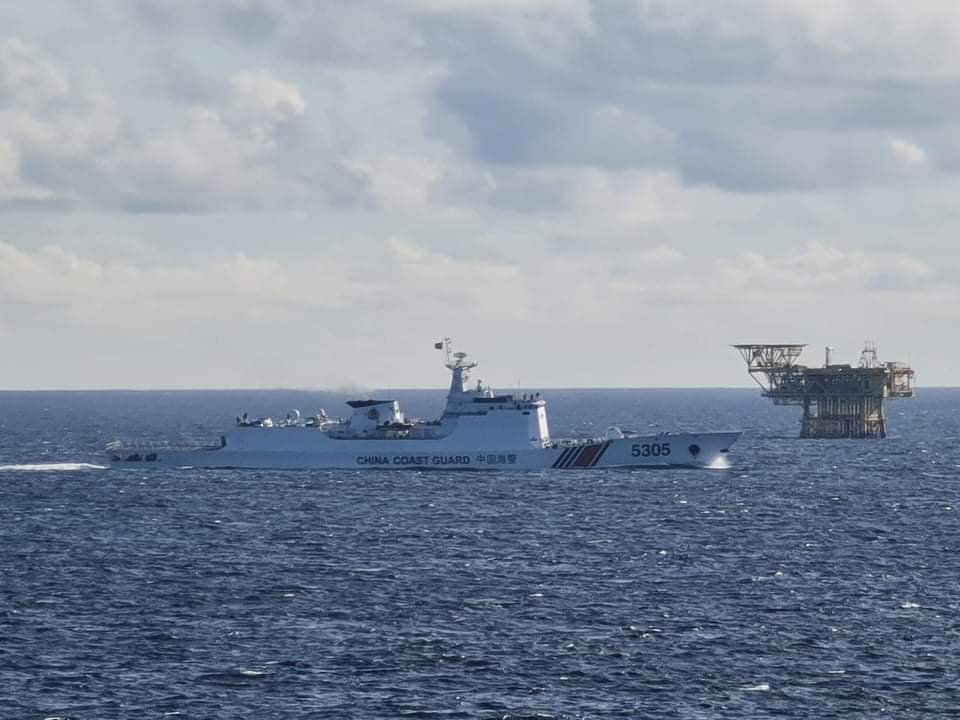Three Long-Range Radars To Be Malaysia’s Crucial “Eyes and Ears” in South China Sea
Three long-range radars, currently being acquired by Malaysia are set to become the country’s "eyes and ears" in monitoring any foreign attempts to infiltrate upon the nation's airspace and maritime zones in the South China Sea.
(DEFENCE SECURITY ASIA) — Three long-range radars, currently being acquired by Malaysia are set to become the country’s “eyes and ears” in monitoring any foreign attempts to infiltrate upon the nation’s airspace and maritime zones in the South China Sea.
It is well-known that, in recent years, the waters of the Malaysia’s Exclusive Economic Zone (EEZ), especially near the Luconia Shoals, have frequently been encroached upon by Chinese Coast Guard ships.
Given that the waters around the Luconia Shoals contain significant reserves of the country’s oil and gas, it is only right for the nation to invest heavily in enhancing its surveillance capabilities.
Former Defense Minister Datuk Seri Mohamad Hasan, in a speech to the country’s Parliament last June, stated that the area around the Luconia Shoals, rich with oil and gas wells, contributes 25 percent of Malaysia’s Gross Domestic Product (GDP).
Hence, he emphasized the importance of defending the nation’s interests in the South China Sea “at any cost.”

Considering that areas like the Kasawari Gas Field and the Luconia Shoals contribute nearly 25 percent to Malaysia’s GDP, where our oil and gas wells are located, they must be defended “at any cost,” Mohamad Hasan stated.
Among the most valuable national assets in these waters is the Kasawari Gas Field, located in waters 108 meters deep within Block SK316, about 200km north of Bintulu, Sarawak.
Discovered in November 2011, the Kasawari Gas Field is estimated to hold about three trillion cubic feet (TCF) of natural gas, which can be extracted, processed, and commercialized.
The discovery of the Kasawari Gas Field by PETRONAS further cements Malaysia’s position as one of the world’s largest exporters of Liquefied Natural Gas (LNG).
What are the three “eyes and ears” of the nation that will monitor movements in the South China Sea 24/7?
Several months ago, Malaysia and France signed a Letter of Acceptance (LOA) for the long-range air defense radar Ground Master 400 Alpha (GM400), which will be stationed in Bintulu, facing the South China Sea.
“…the long-range air defense radar GM400 stationed in Bintulu, Sarawak, will monitor the sovereignty of airspace over the coastlines and Exclusive Economic Zone (EEZ),” according to a statement by Mohamad via his social media account recently.
Valued at approximately RM200 million, the GM400 long-range air defense radar is the newest member of the “Ground Master” radar family, widely used by previous customers, including Malaysia.
According to information released by Thales, the detection capabilities of the 3D long-range GM400 radar have been enhanced by 10 percent to approximately 515km (278 nautical miles), along with improved cybersecurity features and more capable AI (Artificial Intelligence) algorithms.
The GM400 radar can detect high-speed fighter jets and missiles, helicopters, and unmanned aerial systems.
A unique feature of the GM400 long-range air defense radar is its ability to detect and track targets such as tactical drones flying close to the ground (Nap-of-the-Earth) while simultaneously detecting high-altitude targets like bombers up to 515km away.

The French-made GM400 Alpha long-range air defense radar in Bintulu will be complemented by another long-range air defense radar, the AN/TPS-77 by Lockheed Martin, to be stationed in Labuan.
Labuan is an island in the South China Sea, and the AN/TPS-77 radar, a contribution from the United States government, has a coverage of about 470km or 250 Nautical Miles.
It is a mobile radar that can be moved to other areas by aircraft such as the C-130 Hercules, trucks, or trains.
In 2021, the United States Department of Defense awarded Lockheed Martin a contract worth US$25.1 million (RM103 million) to supply a long-range air defense radar to Malaysia.
The third “eye and ear” of the nation to monitor movements of foreign ships and aircraft in the South China Sea will operate from Layang-Layang Island, owned by Malaysia, in the Spratly Islands.
“The Long-Range Radar on Layang-Layang Island will help us monitor any movements occurring outside the Exclusive Economic Zone (EEZ) in the Spratly Islands,” he said in Parliament last October.

The acquisition of the Long-Range Radar to be placed on Layang-Layang Island has been approved by the National Security Council, he stated.
Layang-Layang Island in the South China Sea is located about 162 Nautical Miles northwest of Kota Kinabalu, clearly demonstrating its ownership by Malaysia according to the United Nations Convention on the Law of the Sea (UNCLOS 1982).
The Royal Malaysian Navy (RMN) also stations its personnel at the LIMA Station on Layang-Layang Island.
As is known, the Spratly Islands, reputed to be rich in oil and gas, are a “hotspot” with several regional countries such as China, Vietnam, and the Philippines claiming the entire archipelago or parts of it as their own.
For example, China has militarized several reefs in the Spratly Islands, deploying military aircraft, radar and communication facilities, and warships. – DSA




Comments are closed.